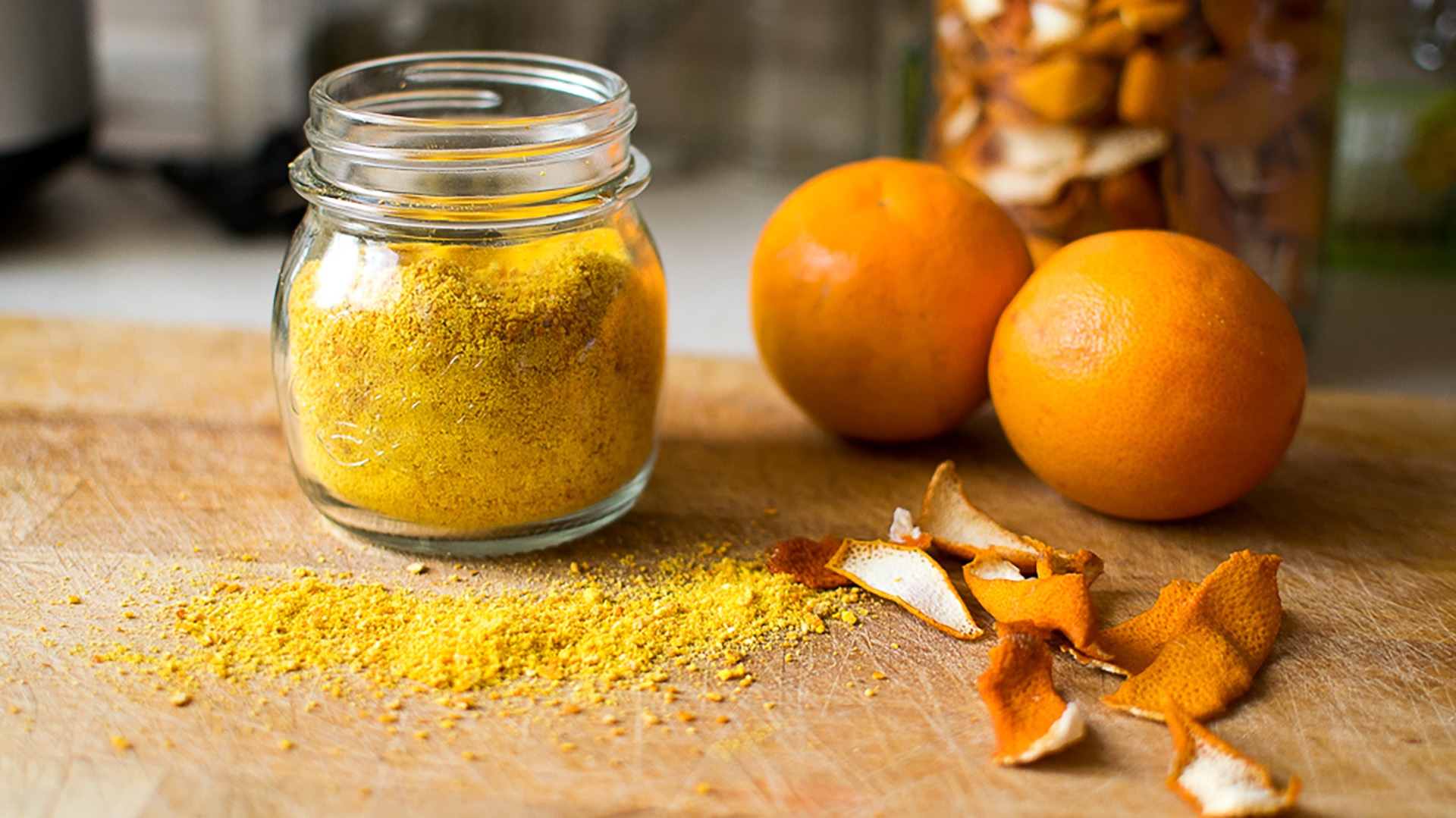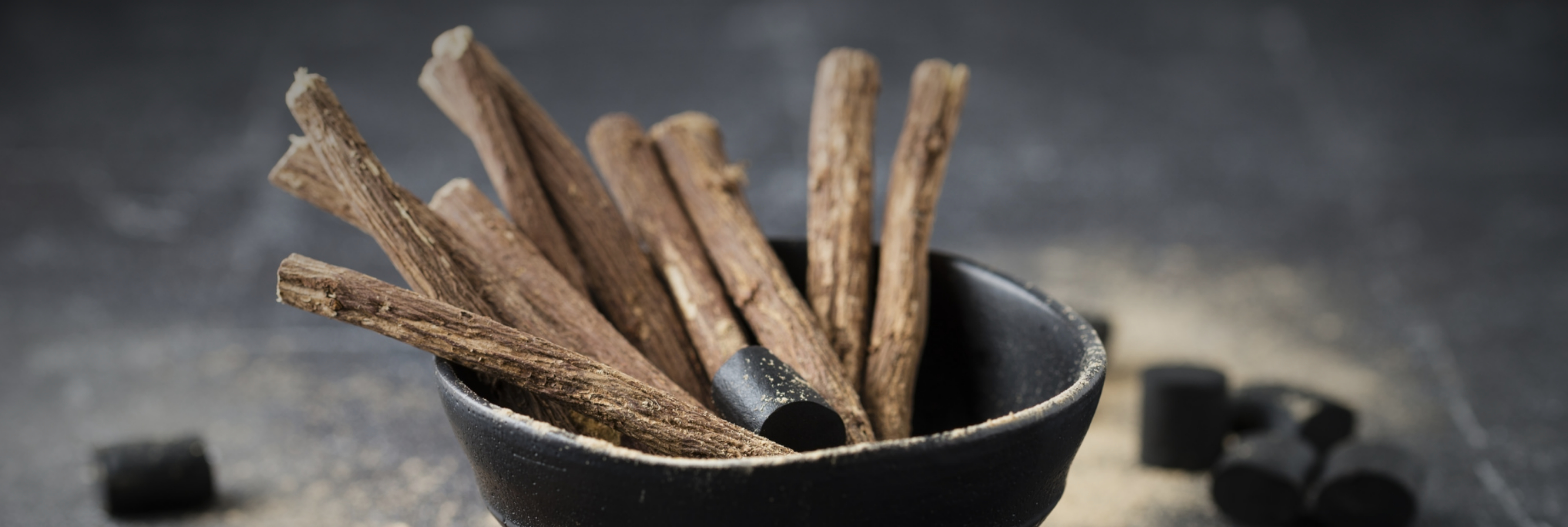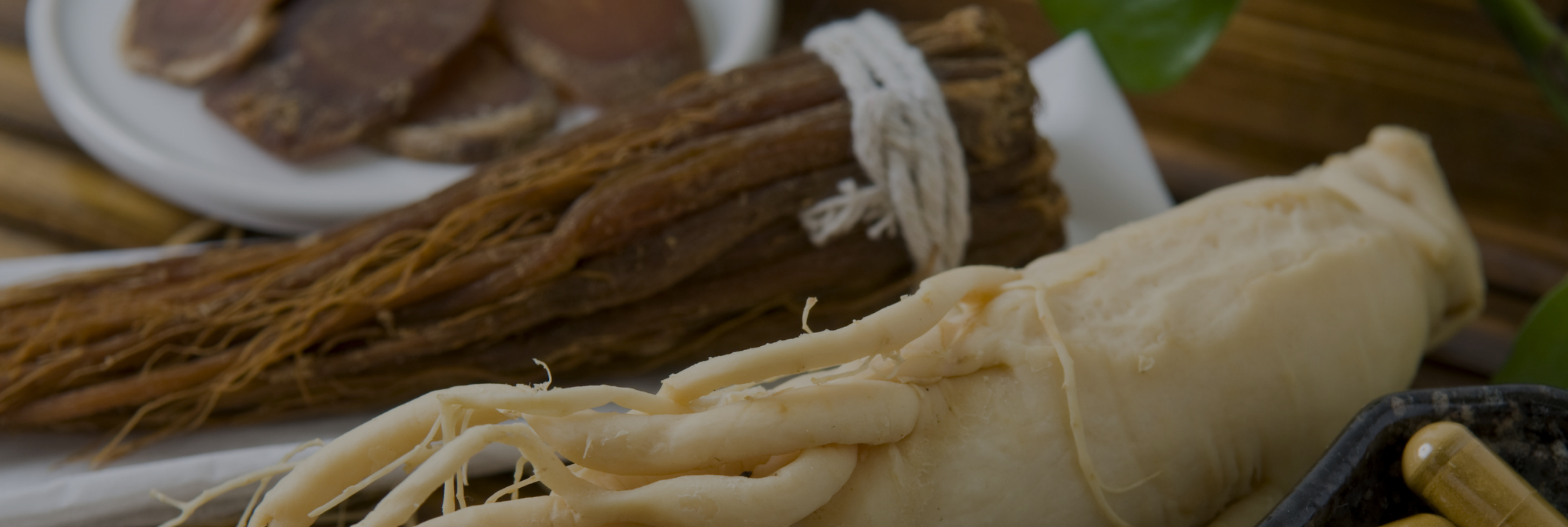It must surely be clear to you that fruit powders are the best option for making your natural ingredients even more appealing while providing flavour, colour and even nutrients. But one questions can be asked, “Are all fruit powders equal?”
The objective of this article is to present the different fruit powders and the impact of drying technologies [3] [1] used on the final product and the product being formulated.
1- Atomised powders
What process?
Atomisation is a method used for drying a liquid in powder form by passing through a hot air flow. Fruit juice or concentrated juice is thus dried in atomisers creating fine powdered fruit. [2]
The advantages of atomised powders:
- good dispersibility in water
- active compounds preserved (vitamins, polyphenols, etc)
- good compressibility
- filling easiness
- intermediary price
Inconveniences include:
- fruit dried on a carrier agent (maltodextrin, glucose) which can slightly alter the raw material.
- low fibre content
What applications for atomised powders?
These atomised powders are ideally suited for the manufacturing of food supplements (capsules and tablets) along with powder form instant drinks.
2- Dried under vacuum powders
What process?
Fruit juice or fruit concentrate are dried in vacuum tunnels.
The advantages of dried under vacuum powders include:
- choice of granulometry: powder or pieces.
- immediate dispersibility in water.
- intermediary price
Inconveniences include:
- very hygroscopic, these powders regain their original mass in the presence of humidity
- dried fruit on a carrier agent (maltodextrin, glucose, etc) which may slightly alter the raw material.
- low fibre content
What applications for dried under vacuum powders?
These dried under vacuum powders are particularly adapted to the formulating of instant drinks or to-be-diluted nutrition products.
3- Freeze dried powders
What process?
Freeze drying operates by sublimation of whole frozen fruit; water goes from a solid state to vapour (without passing through a liquid state), which enables maintaining the wholeness of the fruit. [2]
Advantages of freeze-dried powders include:
- premium quality
- respect the nature of the fruit
- high organoleptic qualities (flavour, colour and smell).
- nutritional richness stability of the fruit over time
- high fibre, mineral and vitamin content
- whole fruit or cut into desired size (pieces or powder)
- no carrier agents (maltodextrin, glucose, etc.)
Inconveniences include:
- not dispersible
- high price
What applications for freeze dried powders?
Freeze dried ingredients are adapted to the formulation of top-quality products requiring the incorporation of pieces of fruit along with products requiring high nutrient contents with no added sugars (maltodextrin etc...)
4- Powders dried on a roller dryer
What process?
In this last process, fruit juice or concentrated juice is dried at high temperatures on immense rollers. [2]
The advantages of powders dried on rollers include:
- these powders enable adding fruit to your products at a low cost.
Inconveniences include:
- since these fruits are dried at a high temperature a large part of the nutritional quality is lost
- not very dispersible in water
- dried on a carrier agent (maltodextrin, glucose...) which can slightly alter the raw material.
What are the applications for powders dried on rollers?
Powders obtained can be easily incorporated into food supplements in capsule form although they are not compressible. These powders can be proposed for low end nutrition products and can be an alternative to aromas or synthetic colouring.
To find all the advice from our experts and to properly select your fruit powders, download our ebook on how to choose a botanical powder properly.
Sources
[1] Technologie alimentaire, Module sèchage, Université de Lille https://tech-alim.univ-lille.fr/sechage/co/module_Sechage.html - consulté le 03/12/2019
[2] Les procédés de séchage dans l’industrie, Agence de l’environnement et de la maîtrise de l’énergie http://www.cetiat.fr/docs/newsdocs/448/doc/guide_procede_sechage.pdf - consulté le 03/12/2019
[3] Overall Quality of Fruits and Vegetables Products Affected by the Drying Processes with the Assistance of Vacuum-Microwaves-Published online 2016 Dec 30 - https://www.ncbi.nlm.nih.gov/pmc/articles/PMC5297706/ - consulted on 03/12/2019[1]

Emilie Leconte
Key accounts manager & product manager








Leave a comment